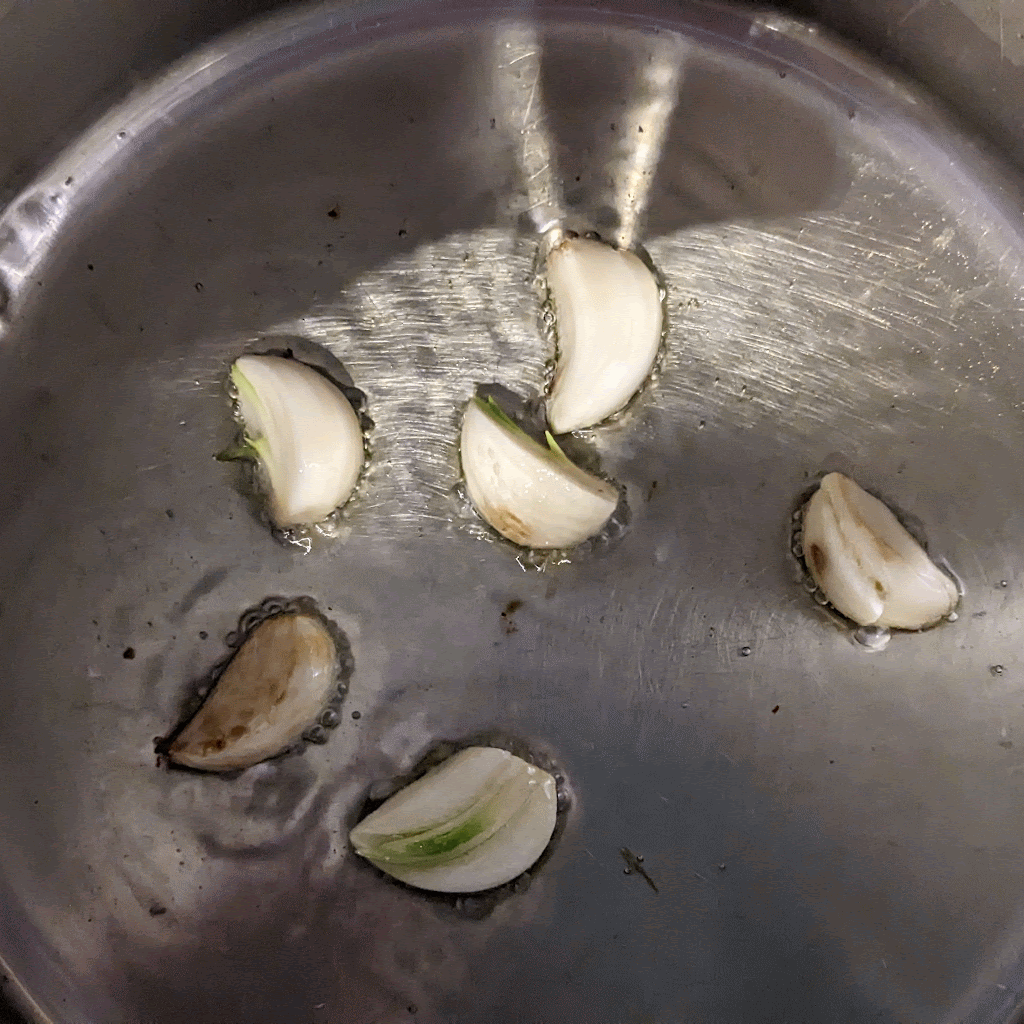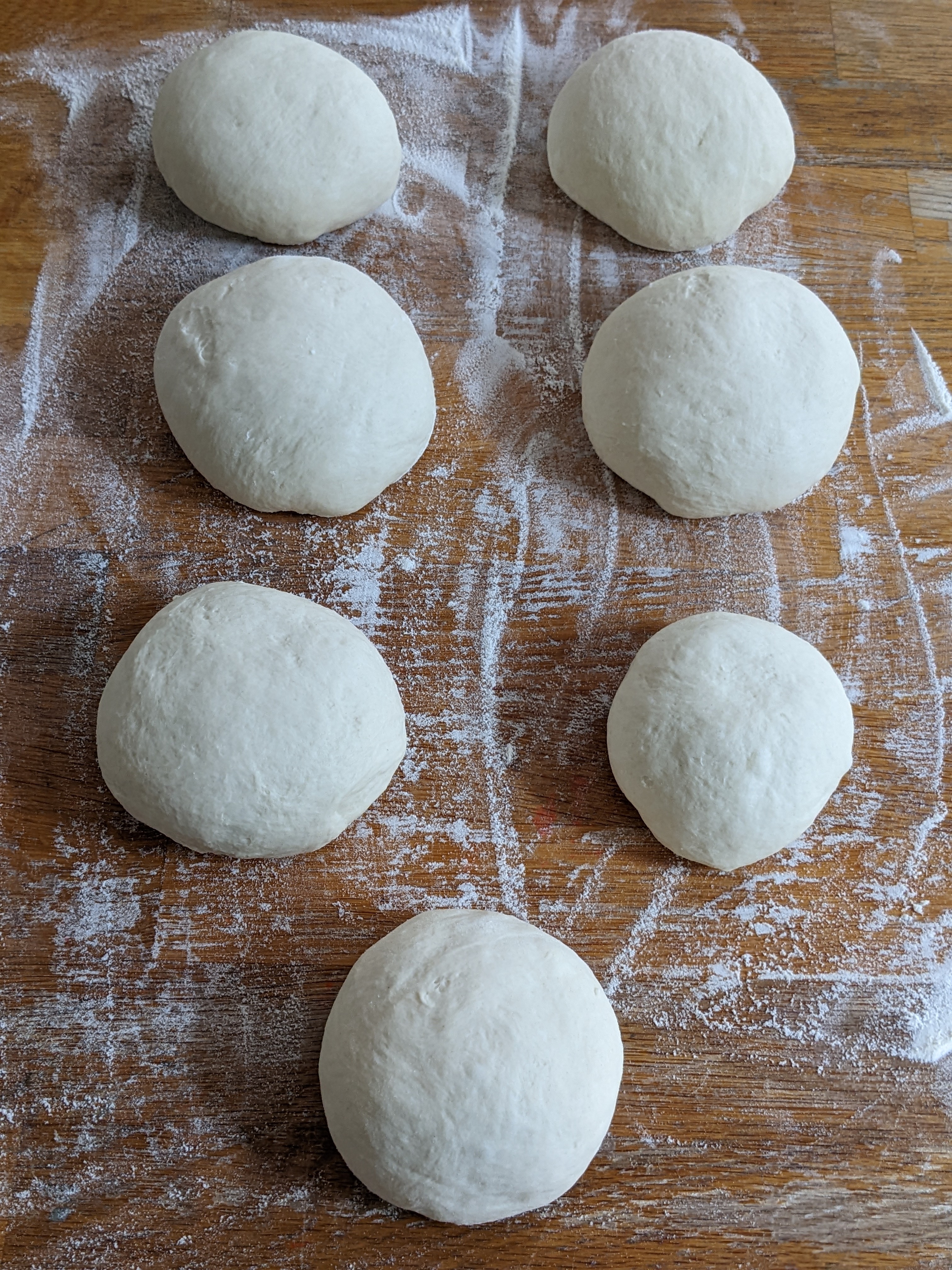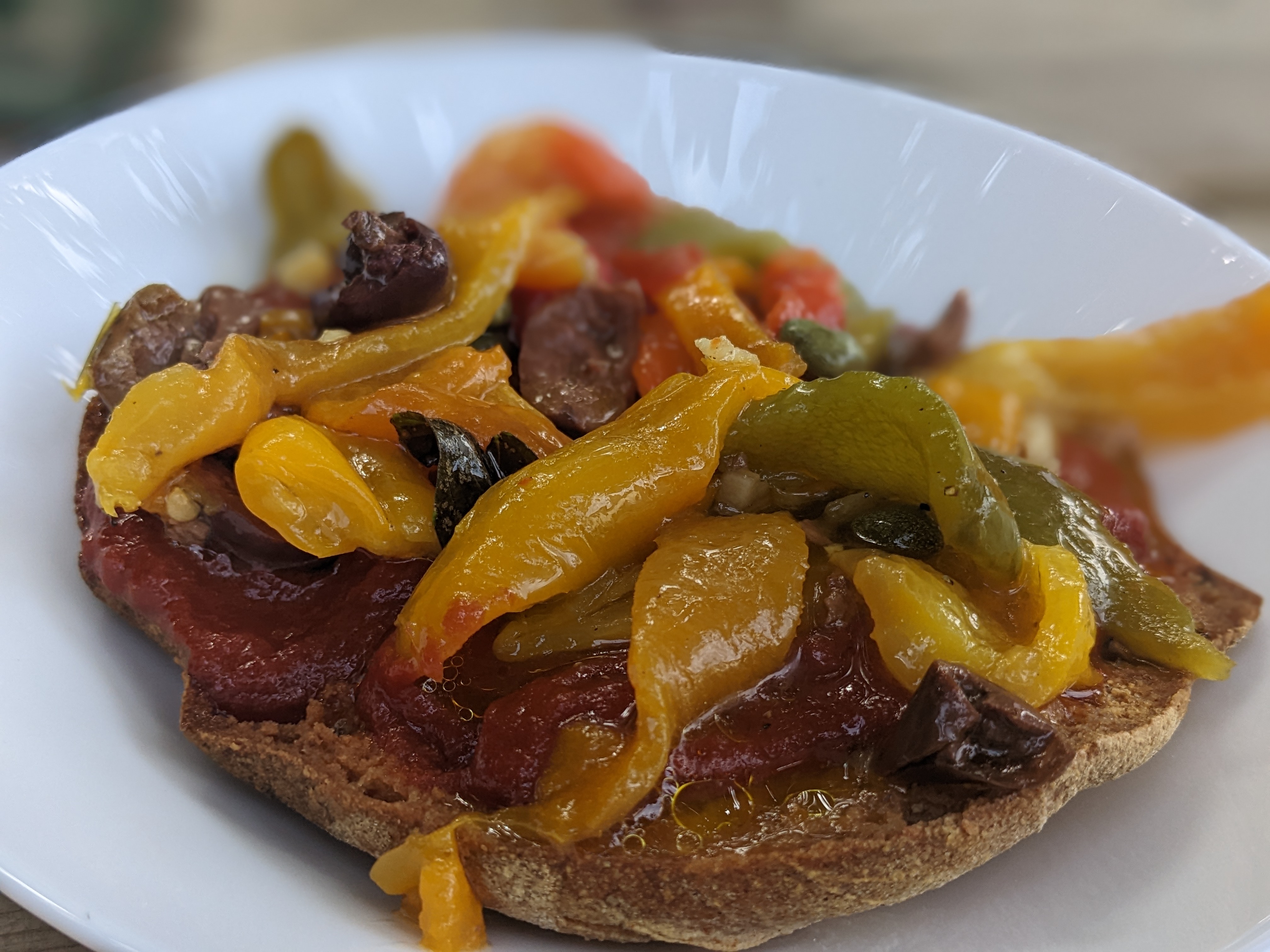Jan 2023 Month Notes
Year Goals for 2023
- continue becoming a better engineer and team-mate
- practice Italian every day
- train at the gym at least twice a week every week
- 8 leisurely cycle rides
- visit Italy at least twice
How did January go?
2022 Year Notes
Forgive me, for I have sinned, it's been 2 years since my last year notes 👼
I wrote year notes for 2019, and 2020. I've been super un-inspired to write for the last few years. Which is a shame - because it's a a great way to learn.
So much happened last year that it feels way longer than a year. So, discipline over motiviation - here are my 2022 year notes. Or at least as much as I can write while the house is empty of other people.
Pasta e fasule
Pasta e Fasule, as made by my Neapolitan Nonna Luisa
Pasta e Fasule is Neapolitan for Pasta e Fagiole which is Italian for Pasta and Beans
Pasta and bean soup reminds me of being looked after when recovering from an illness as a kid. I like it so thick the spoon will stand up.
You can use odds and ends of pasta or break spaghetti in. When my dad was little he'd be sent to the pasta shop to get their broken odds and ends. They were cheaper.

Pizza dough
It turns out that Neapolitan pizza dough is a strictly described thing. The UK version of the EU rules are here. Those instructions use 1.8 kilograms of flour and 1 litre of water. But (if you're not going to a wholesaler) flour comes in 1 kilogram bags. Ingredients have been adjusted to 1kg for this recipe.
I sometimes use a biga starter. Instructions for that are here. But it takes more work, time, and nuance.
This recipe can be completed in a single day and makes a very consistently tasty dough
(Yes! That much salt)

Roast Pepper Salad
Be careful to have lots of good bread available to soak up the tasty oil when you're finished! 👩🍳👌


Five years of Solar Panels
We've had photovoltaic (PV) solar panels generating electricity on our roof for exactly 5 years. I've explained the impact a few times privately or on the tooter website. I'm writing it down here so that I don't have to re-remember all the details each time. And since electricity prices are in the news at the moment and it might be useful to some folks.
We had 14 panels installed on 25th August 2017. It cost £4,793.25 which included 5% VAT. Our house is south facing at the rear. They've generated 17.06MWh of electricity in the last five years.
That's 17,060Kwh or a little over 17,000 "units".
And that represents around 4 tonnes of CO2 "saved".
Are you a weather vane or a sign post
Tony Benn once said: "I have divided politicians into two categories: the Signposts and the Weathercocks. The Signpost says: 'This is the way we should go.' And you don't have to follow them but if you come back in ten years time the Signpost is still there. The Weathercock hasn’t got an opinion until they've looked at the polls, talked to the focus groups, discussed it with the spin doctors."
I heard this quote recently and it has really struck me…
Having changed problem domain, work environment, stack, and programming language this last year I'm wondering what signpost I want to be.
Advice given on ending four years at Co-op
I've finished at the Co-op after four years. I was feeling emotional and wrote some "wise words". I thought I'd record them here. In the future, when I'm reminiscing, they can transport me back to this feeling.
Tech Debts
Here is something I had to write down at work. Something I've tried to say (with varying success) more than once. That I'm publishing here so I can refer back to it in future and in case it is useful for someone else
When I am thinking about this, I am thinking about three things
-
Continuous attention to technical excellence and good design enhances agility.
-
Simplicity–the art of maximising the amount of work not done–is essential.
And the XP Rule
2020 Year Notes
Since October 2017 I've been keeping week notes. I've found them a fantastic tool to track my focus and to remember to reflect on success (or lack of it). I didn't write them for most of 2020. When pandemic hit it seemed too self-centered. I wish I'd kept them up now.
I wrote year notes last year. Surprisingly that was the only blog post I wrote last year 😱
Here are mine for 2020… It feels egotistical… but it's intended to remind me to reflect. Hopefully it's useful to me in the future even if it isn't to anyone else.
